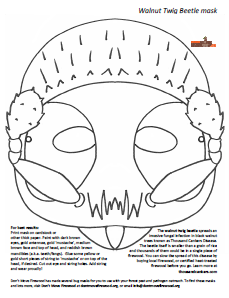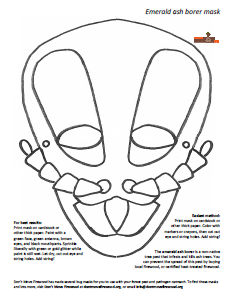Here at Don't Move Firewood, we get quite a few questions about speciality woods used for smoking meats. Here's a recent sample question we addressed from the Dear Don't Move Firewood email "hotline."
Dear Don't Move Firewood,
I was wondering- what about moving bags of mesquite charcoal? I live in Phoenix and there is this local company that make mesquite charcoal from wood out of Sonora, Mexico. Some restaurants that I've been to have this brand of mesquite charcoal- I used it and it's great charcoal- and I have a friend working at the warehouse here in Phoenix. He can give me a discount and I'm thinking of taking bag of it to California for family that does bbq catering.
Thanks,
Grilled Meat Guy
Dear Grilled Meat Guy,
If the mesquite wood has been very well turned into charcoal, so that it is very black and burnt and then bagged up, that really should not be a problem and it would be fine to bring from Phoenix to your friends in California. If the wood is still in "green" sticks (has not been pre-heated extensively), or if it has been stored in a brush pile outside, that could be problematic or even illegal, depending on where you live and if there are Imported Fire Ant quarantines in your area. But for bagged and processed mesquite charcoal, you should be fine. Good luck and have a good BBQ with your friends!




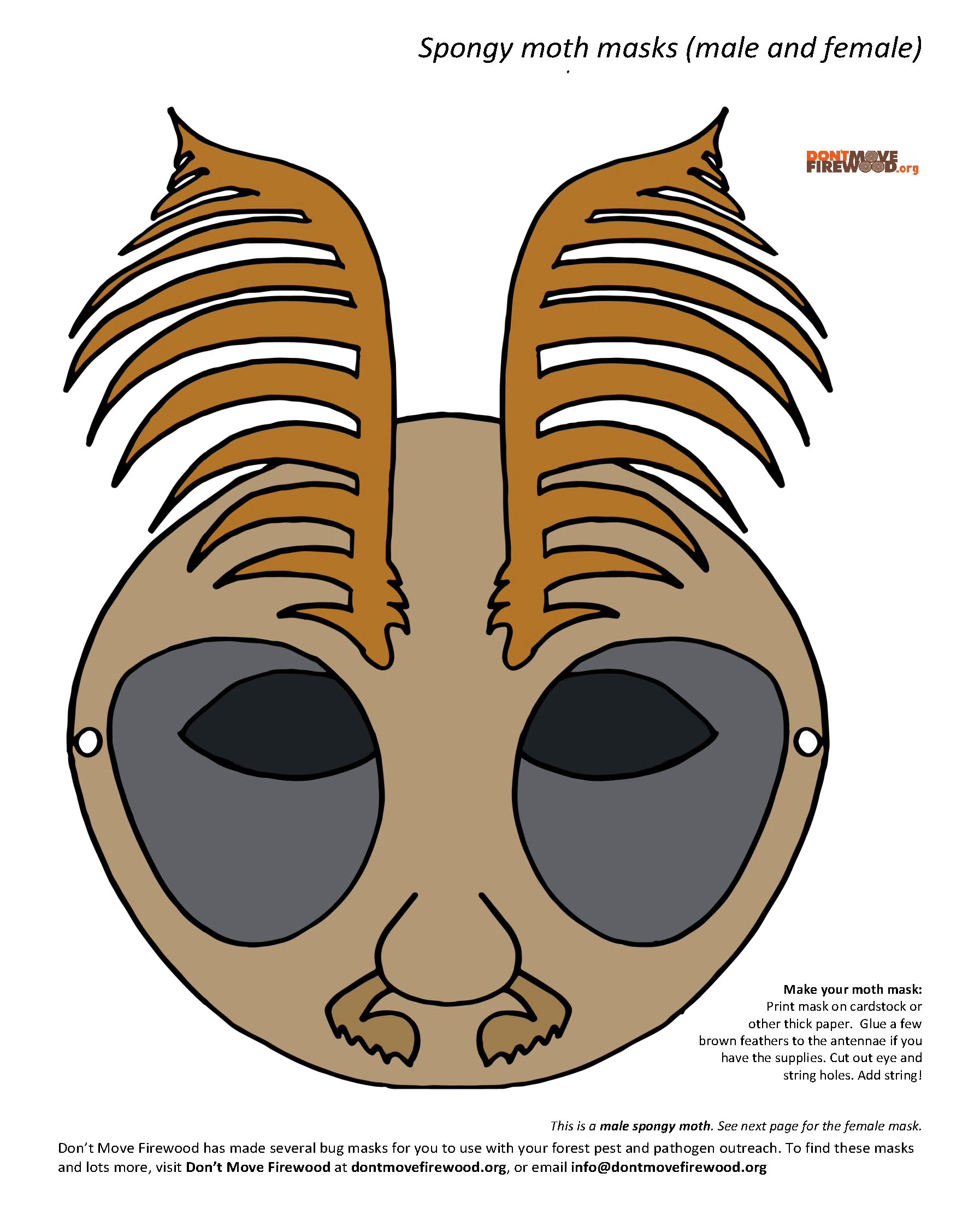
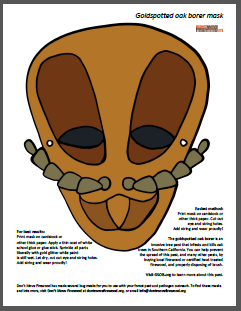

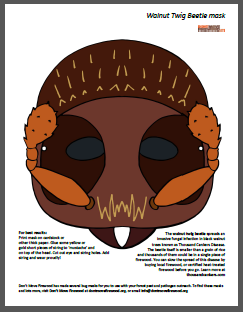

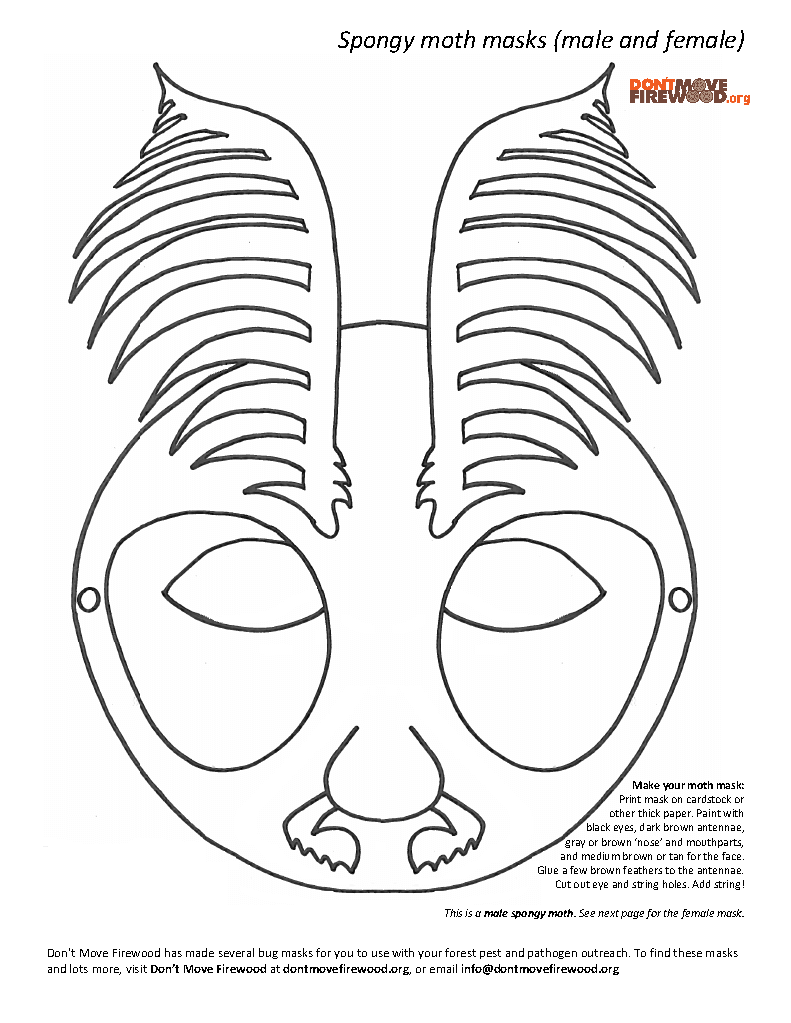

.png)
